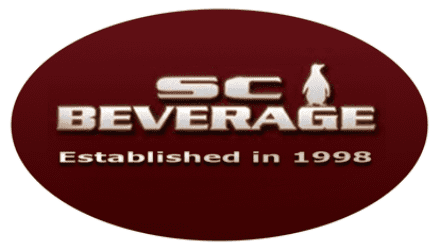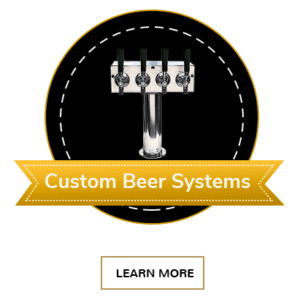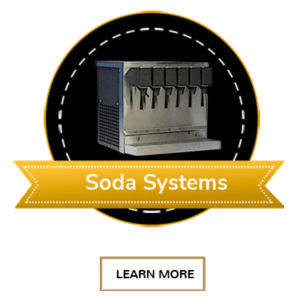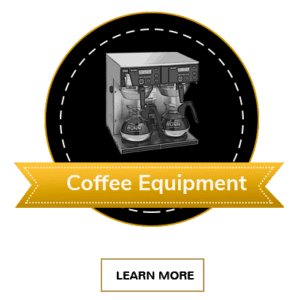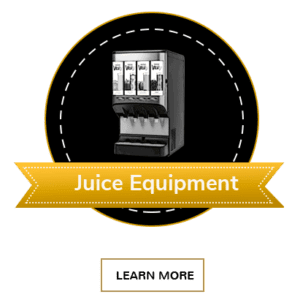
Whether at a restaurant, bar, or at home, beer often unites people as it is a drink you can have out socially or at home. From happy hours with coworkers to date nights with your spouse, alcoholic beverages are a popular drink choice among many Americans. In fact, beer and wine are the top-consumed alcoholic beverages consumed in the United States. For restaurant owners or bar managers, having both draft and bottled beer available is a must. Below you will find how to price draft and bottled beer so both you and your patrons are happy.
How to Price Draft and Bottled Beer
Both draft and bottled beer are popular choices among patrons. There are several factors that play into how much you should charge for each. Below you will find helpful tips on how to price draft and bottled beer at your establishment.
Pricing Draft Beer
Draft beers are served from a tap system or keg. These are often found in bars, restaurants, and breweries as it is a popular choice among patrons. It’s refreshing and offers a crisp taste that pairs well with so many different types of food. Consider the following when deciding how to price your establishment’s draft beer.
Keg Cost
Because draft beer is poured from a keg, it’s important to consider the cost of your keg when determining pricing. The cost of a keg depends on several factors, including the brand, style, demand, and supplier pricing. Account for this cost when determining the price of your draft beer. Consult with a beverage equipment supplier to ensure you have the most cost-effective and efficient setup.
Maintenance Costs
Maintaining your equipment is a critical consideration when determining draft beer pricing. The system may include tap systems, kegerators, and beer lines. These require regular cleaning and maintenance for optimal functioning. Opt for professional-grade beer systems as they can reduce equipment and maintenance costs.
Serving Size
Because draft beer isn’t pre-measured in a bottle or can, it’s necessary to consider the serving size. The larger the serving, the higher the price will be due to the increase in volume. Most establishments measure and set their pricing based on ounces or pints.
Pricing Bottled Beers
Bottled beer often comes in cans or bottles. Unlike draft beer, bottled beer is commonly found in grocery and convenience stores because it is convenient and transportable. Consider the following factors that impact how much you price your bottled beer for.
Packaging
Packaging includes bottles, cans, labels, and packaging materials. This needs to be included in the costs considered to determine the price you charge for bottled beer. If you want to customize your packaging, this can increase your costs and reduce your profit margins.
Shelf Life
Bottled beer lasts longer than draft beer in many cases. Sealed packaging not only preserves the freshness of bottled beer but it also prevents oxidation. However, the quality control measures can cost you. Consider this when deciding how to price your bottled beer.
Size
Bottled beer often comes in 12-ounce bottles or 16-ounce cans. They may also come individually or in packs. Consider the size of your bottled or canned beer when pricing them. Larger bottles or bottles in packs can be priced less per ounce to stay competitive and encourage patrons to purchase more.
Profit Margins on Beer
Offering beer at your establishment can provide you with a high return on your investment. When pricing your beer, aim for a 20 to 30-percent profit margin. You can easily calculate this by determining your total revenue minus your cost of goods sold and operating expenses. Keeping your profit margins within the average range can ensure that both you and your patrons are happy.
